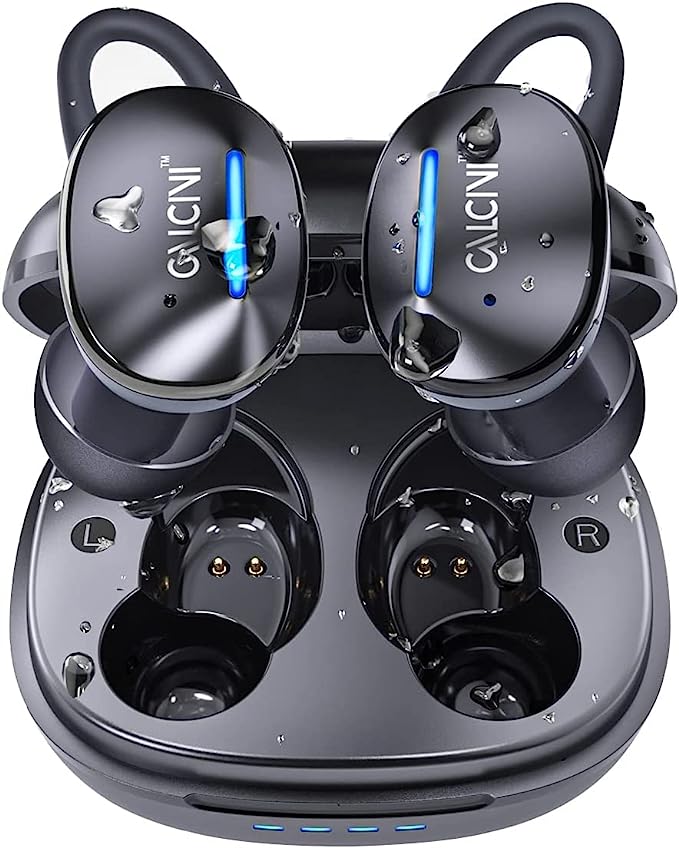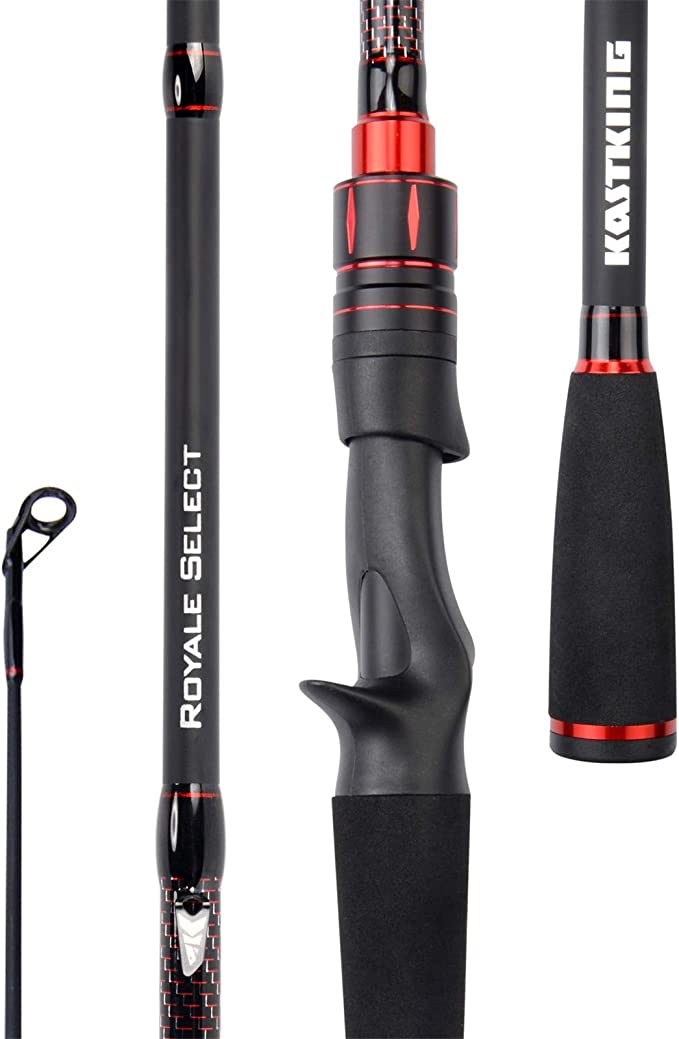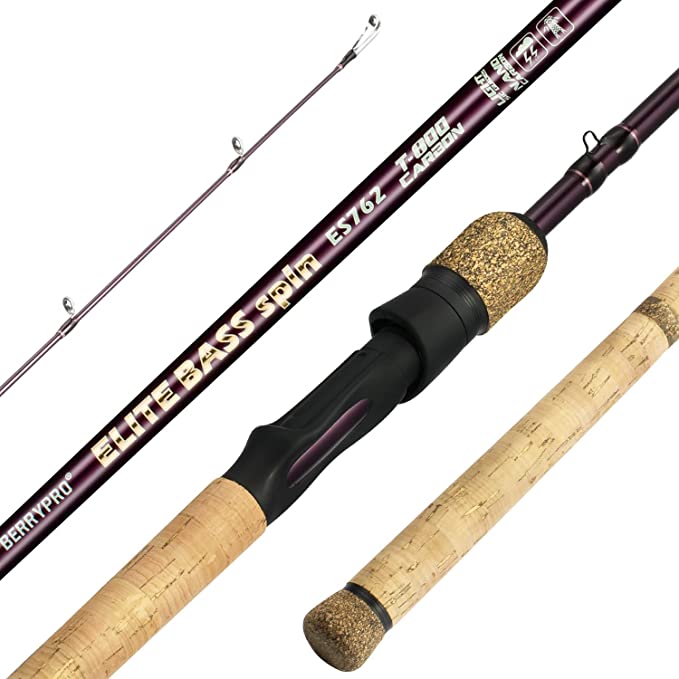Algorithmic Fire: The Engineering Behind Portable Pellet Smoker Systems
Update on Nov. 19, 2025, 10:58 a.m.
Cooking with wood is the oldest form of culinary engineering, yet it is historically the most chaotic. It relies on the unpredictable variables of fuel moisture, airflow drafts, and radiant heat fluctuations. For the modern outdoor chef, the goal has shifted from managing chaos to mastering precision. This shift is most evident in the rise of portable pellet grills.
Devices like the Traeger Ranger (TFT18KLD) represent a fascinating convergence of ancient fuel (biomass) and modern logic (microprocessors). They are not merely boxes that get hot; they are active biomass combustion reactors. By deconstructing the Ranger, we can understand the complex interplay of thermodynamics and control theory required to stabilize a wood fire inside a box small enough to fit in a truck bed.

The Feedback Loop: Digital Arc Control as a PID System
The defining challenge of any small-scale grill is temperature stability. Large brick smokers have immense thermal mass, meaning they hold heat well and change temperature slowly. A portable metal box has low thermal mass and sheds heat rapidly, especially in the wind. To counter this, the Ranger employs what Traeger calls “Advanced Grilling Logic,” which is fundamentally a PID (Proportional-Integral-Derivative) control loop.
How the Loop Works
Instead of a simple thermostat that turns a heater on and off (bang-bang control), the Ranger’s controller constantly monitors the internal temperature via an RTD (Resistance Temperature Detector) probe.
1. Proportional (P): It looks at the current error (difference between set temp and actual temp).
2. Integral (I): It looks at the history of the error (how long has it been too cold?).
3. Derivative (D): It predicts future error (how fast is the temperature rising?).
Based on these calculations, the system makes micro-adjustments to the Auger (fuel feed rate) and the Induction Fan (oxygen supply). This allows the unit to “throttle” the fire, maintaining a precise temperature curve rather than oscillating wildly. This algorithmic control is what allows a portable unit to smoke a brisket at 225°F for hours without user intervention.
Thermodynamics: Forced Convection and The Maillard Reaction
Unlike a traditional charcoal grill which relies primarily on radiant heat (direct line-of-sight from coals), a pellet grill operates as a convection oven.
The Convection Engine
An induction fan drives air into the firepot to fuel combustion. This same air, now superheated and carrying aromatic volatile organic compounds (VOCs) from the wood, is forced up and around the drip tray baffle.
* Uniformity: This circulating air eliminates hot spots and cold spots, enveloping the food in a uniform thermal bath. This is critical for baking or slow-smoking, where uneven heat ruins results.
* Heat Transfer Coefficient: Moving air transfers heat to food more efficiently than stagnant air. This helps in drying the surface of the meat, which is a prerequisite for the Maillard Reaction—the chemical reaction between amino acids and reducing sugars that gives browned food its distinctive flavor. By maintaining dry, moving heat, the grill promotes this browning without the risk of charring from direct flare-ups.

The Physics of Fuel: Biomass Energy Density
The fuel source itself—hardwood pellets—is an engineering marvel of energy density. Sawdust is compressed under high pressure, utilizing the wood’s natural lignin as a binder. * Consistency: Unlike logs, which vary in density and moisture content, pellets are standardized. This predictability allows the controller to assume a constant BTU output per rotation of the auger, simplifying the math required to maintain temperature. * Clean Combustion: The forced-air environment ensures near-complete combustion. This produces the coveted “thin blue smoke”—rich in flavor compounds like guaiacol and syringol—rather than the acrid white smoke associated with incomplete combustion (smoldering).
Material Science: The Weight of Stability
One specification often surprises new users: the Ranger weighs 54 lbs (24.5 kg). In an era of ultralight titanium camping gear, this seems excessive. However, in thermodynamics, mass is a feature, not a bug.
Thermal Buffering
The heavy-gauge steel body and the included cast iron griddle act as a thermal capacitor.
* Heat Retention: When you open the lid to check the food, hot air escapes instantly. If the grill were made of thin tin, the temperature would plummet, and recovery would be slow. The heavy steel and cast iron retain significant heat energy, radiating it back into the chamber and helping the air temperature recover quickly once the lid is closed.
* Wind Resistance: The mass also provides physical stability and thermal insulation against wind chill, which is the primary enemy of outdoor temperature control.

The Power Equation: The Tether of Technology
It is crucial to address the power dependency of such systems. The Ranger is not a passive device; it requires AC electricity to run the auger motor, the hot rod igniter (initially drawing ~300W), and the fan. * The Off-Grid Reality: To use this “portable” grill away from a wall outlet, one requires a portable power station. A typical 400Wh battery bank is sufficient for a long smoke, but users must account for the initial surge current during the ignition phase. This creates a reliance on an external energy ecosystem, distinguishing it from gas or charcoal counterparts.
Conclusion: Technology as a Culinary Tool
The Traeger Ranger is more than a grill; it is a testament to how digital logic can domesticate fire. It solves the inherent instability of small-volume cooking chambers through aggressive computational control and substantial material mass. For the user, this means the ability to replicate the specific flavor profiles of low-and-slow wood cooking in environments—from tailgates to campsites—where such precision was previously impossible. It is the application of industrial process control to the art of barbecue.




















